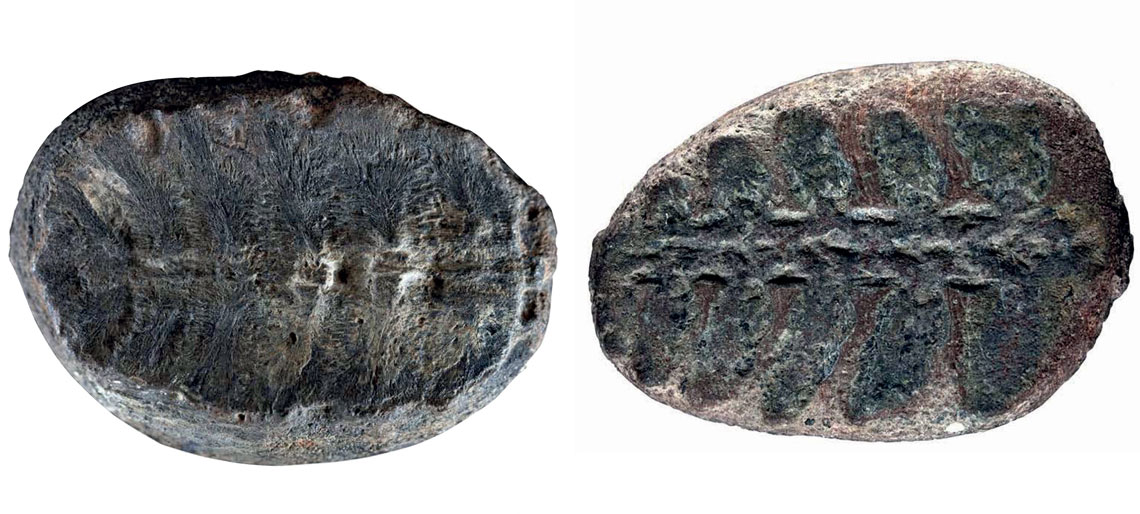
PALMA-CASTRO, H. D. et al. Palaentologia Electronica. 2023What were once thought to be leaf veins were actually bonesPALMA-CASTRO, H. D. et al. Palaentologia Electronica. 2023
The mistake is understandable, since the shapes are so similar: what looks like 120-million-year-old leaves were, in fact, very rare fossilized newborn turtle hatchlings. Father Gustavo Huertas González found two leaf-shaped fossils near the city of Villa de Leyva, Colombia, and identified them in 2003 as leaves from extinct plants of the species Sphenophyllum colombianum, aged between 419 million and 251 million years old. Measuring five and six centimeters long, the two fossils were part of the paleontological collection of the National University of Colombia (UNC). Puzzled by the dates and location of the fossils, UNC paleobotanist Héctor Palma-Castro and his supervisor, Fabiany Herrera, noted that the margins of the supposed leaves did not resemble those of a plant and the fine lines looked like bones rather than plant veins. Edwin-Alberto Cadena, a paleontologist from University of the Rosary in Bogotá, confirmed their suspicions: the fossils were tiny shells of sea turtles, probably less than a year old when they died. It is a rare find—the bones in the shells of young turtles are so fragile that they are easily destroyed. The shells could be from Desmatochelys padillai, the oldest known sea turtle (Palaeontologia Electronica and LiveScience, December 7, 2023).
Republish